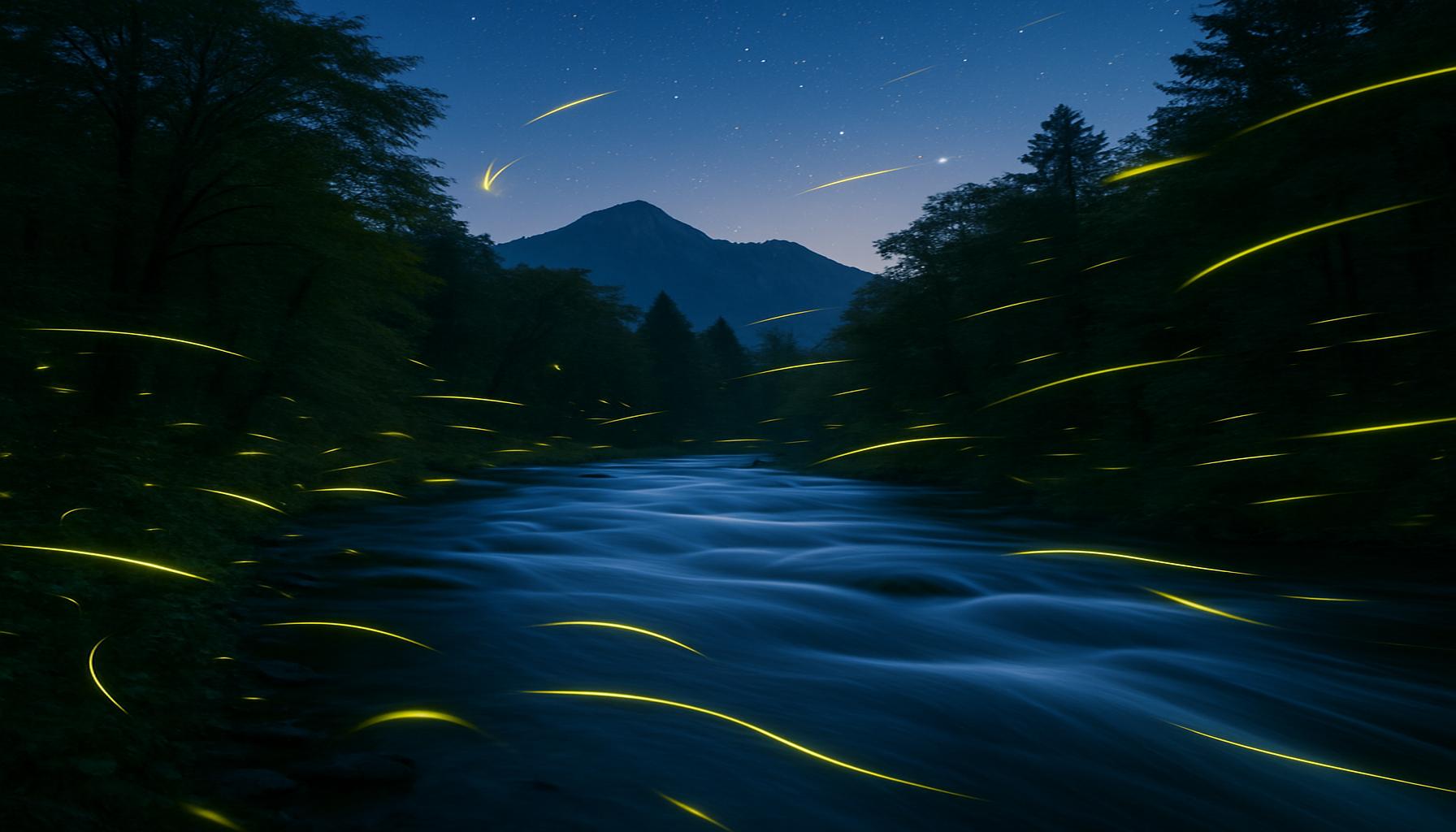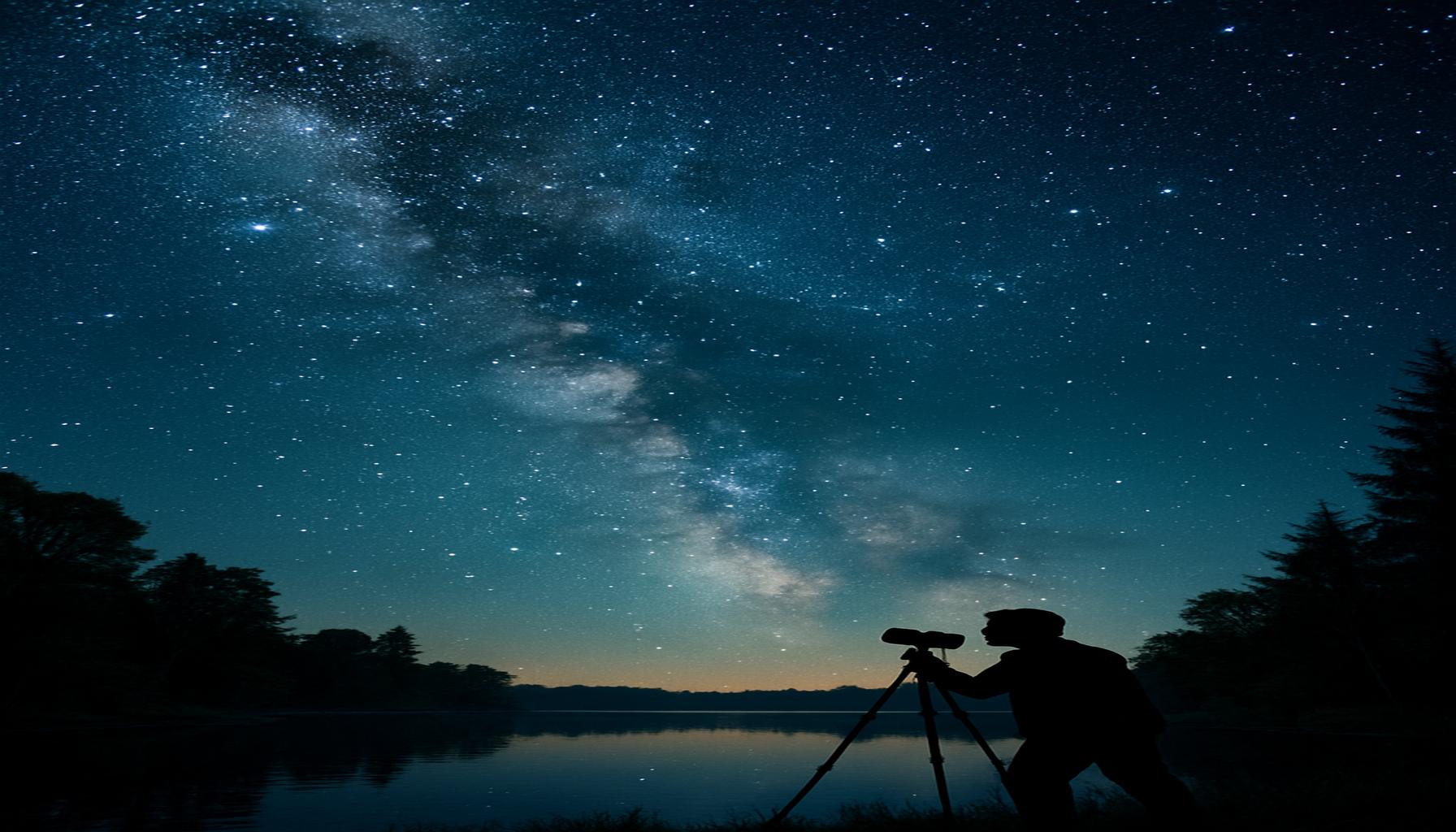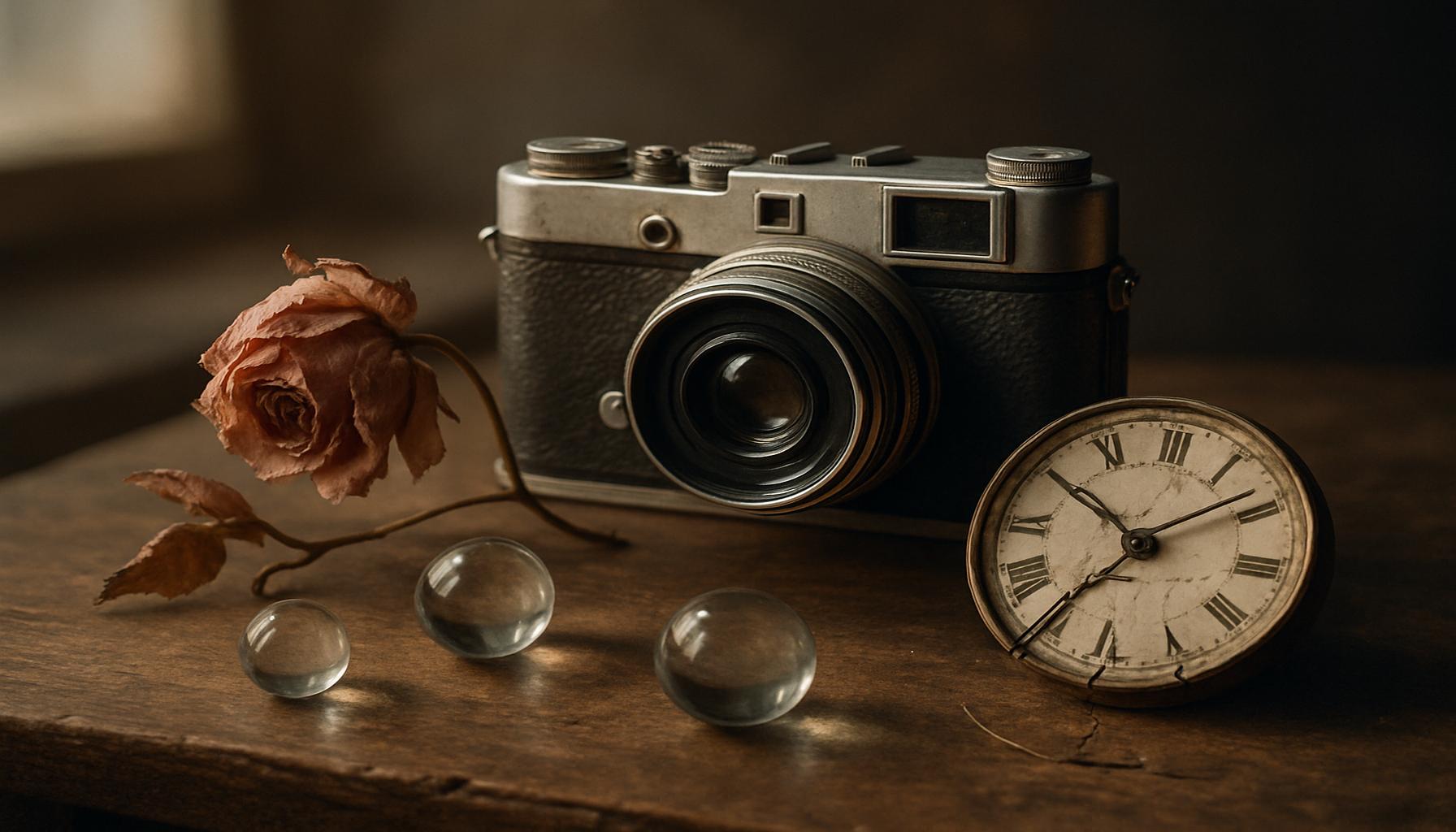Food Photography: How to Make Your Culinary Creations Shine on Social Media
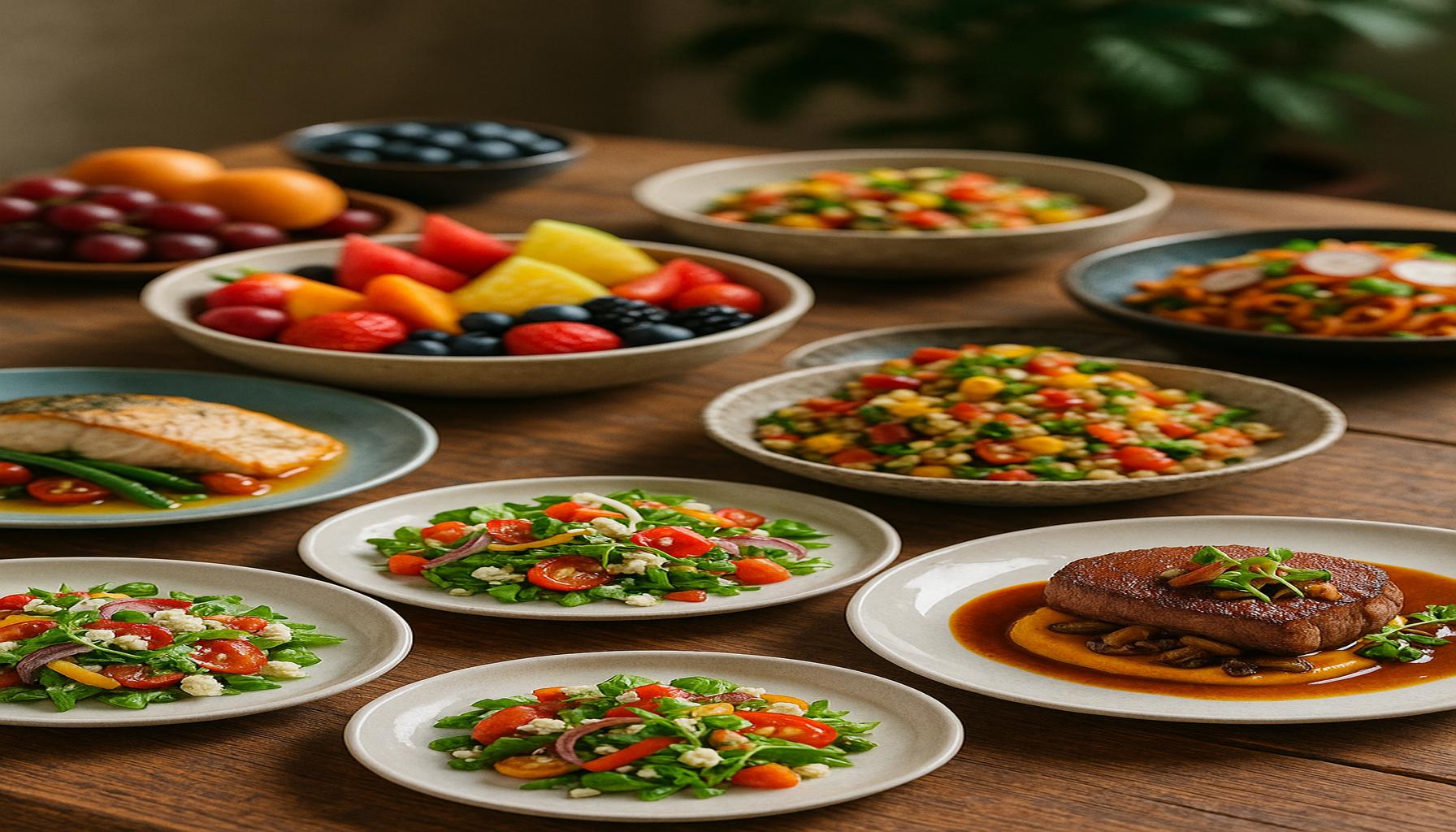
The Importance of Food Photography in Today’s Digital Age
In a world dominated by visuals, food photography has emerged as an essential skill for chefs and home cooks alike. With millions of food-related posts on social media platforms like Instagram, TikTok, and Pinterest, it’s crucial to stand out and make your culinary creations shine. The art of food photography is more than just snapping a picture; it’s about capturing the essence of a dish, conveying its flavors, and inviting viewers into a delectable experience. So, how can you elevate your dishes from ordinary to extraordinary in photos?
Here are some key elements to consider in your food photography journey:
- Lighting: Natural light is a game changer when it comes to food photography. It enhances colors and textures, making dishes look more appetizing. Shooting near a window during the golden hour—shortly after sunrise or before sunset—provides the soft, diffused light that enhances food’s natural appeal. For instance, a salad bathed in warm sunlight can bring out the vibrancy of the greens and reds, almost making them seem alive.
- Composition: The arrangement of elements on the plate can narrate a story. Techniques like the rule of thirds can create a visually striking image. Consider a rustic wooden table setting; placing your dish slightly off-center with a few ingredients scattered around can invoke a sense of a home-cooked meal. The goal is to keep the viewer’s eye engaged, making them feel as though they can almost reach out and taste the dish.
- Props: Simple backgrounds and utensils can add an inviting context to your food. For example, using a vibrant, handmade plate can complement the colors of your dish, while neutral tableware can allow the food to be the star. Additionally, incorporating fresh herbs or spices in the frame can help viewers imagine the aromas, adding another sensory layer to the presentation.
With social media buzzing with food content, it is essential to capture images that evoke taste and texture. Imagine scrolling through your feed and stopping at a dish that looks utterly irresistible. That moment of attraction is what you want to replicate in your food photography. Think of mouthwatering images of gooey cheese pulling apart in a photo of a gourmet burger or the vibrant red of fresh raspberries glistening on top of a white frosted cake. These images don’t just showcase food; they tell a story and evoke cravings.
To truly master food photography, an understanding of styling and editing techniques is essential. Simple adjustments using photo editing tools can enhance the saturation and contrast, making colors pop and shadows dance. Layering textures, such as a rustic wooden backdrop or a clean white plate, can significantly affect the aesthetic appeal of the final image.
Ready to dive deeper? Join us as we explore the art of food photography and learn how to make your dishes not just look great, but also tempt your audience to lick the screen! Delve into workshops, online courses, or even local photography clubs to refine your skills. Your culinary masterpieces deserve the spotlight, and with practice and creativity, you can create images that leave a lasting impression.
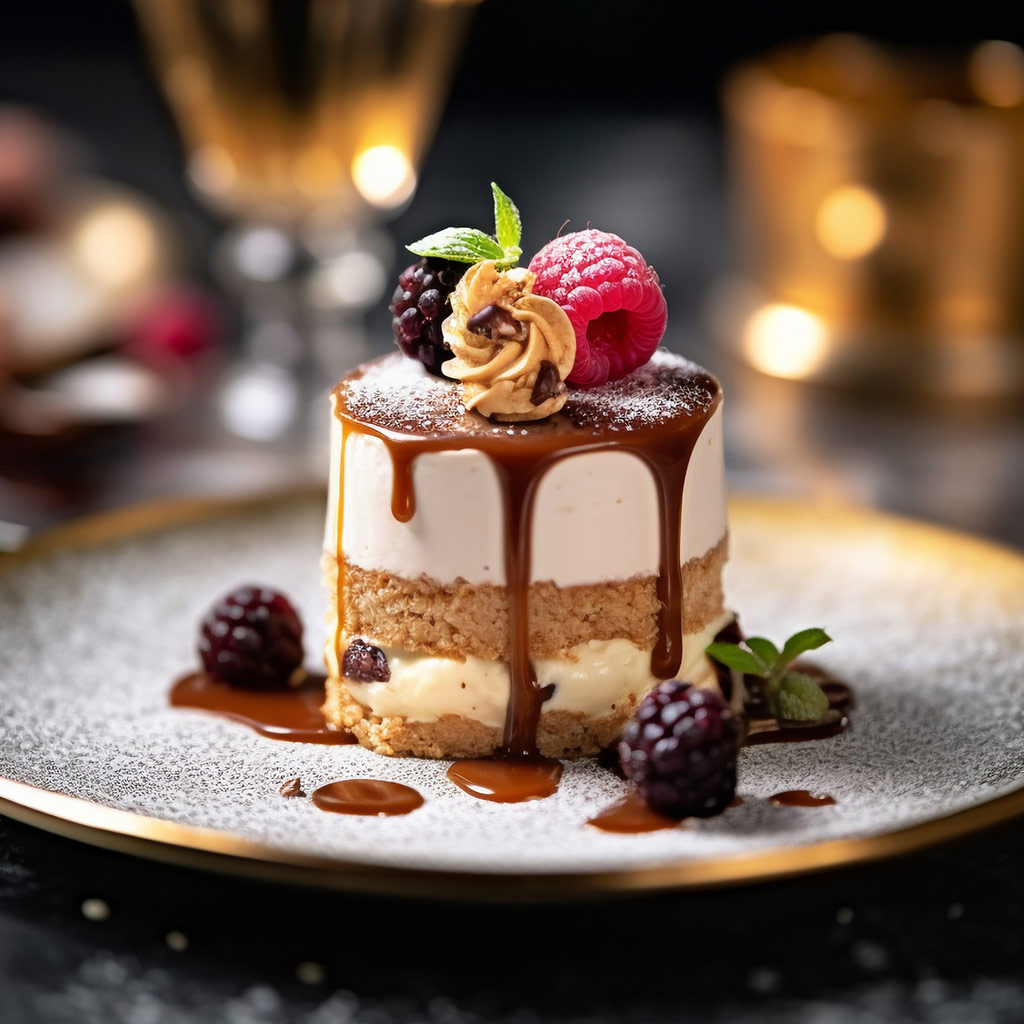
DISCOVER MORE: Click here to dive deeper
Mastering the Basics of Food Photography
Before diving into the world of food photography, it’s important to familiarize yourself with the foundational elements that make a stunning image. These core components will serve as your toolkit, allowing you to enhance your shots and showcase your dishes in a way that is both visually appealing and engaging.
To start your journey, consider these essential tips for capturing your culinary creations:
- Understanding Angles: The angle from which you photograph your food can dramatically change the perception of the dish. The most common angles include overhead shots, which work wonderfully for dishes with multiple elements, and 45-degree angles, perfect for showcasing layers in items like cakes or burgers. Play around with different perspectives and don’t hesitate to adjust your position to find the most flattering view for each dish.
- Texture and Detail: Highlighting the textures of your food can make a significant impact. Use close-up shots to display the beautiful layering in a lasagna, the frosty glaze on pastries, or the rustic char on grilled vegetables. Textures can evoke sensory experiences, drawing viewers in and making them crave a taste.
- Color Palette: A well-thought-out color palette can transform an ordinary dish into a showstopper. Vibrant colors, such as a yellow curry against a dark blue plate, create visual contrast that catches the eye. Consider choosing complementary colors for both the dish and the background; this balance can create stunning imagery that pops on social media feeds.
Beyond these foundational tips, understanding the art of styling can differentiate a good food photo from a great one. Styling is not merely about the arrangement of food; it encompasses the entire atmosphere of the shot. Consider the mood you want to convey—rustic and homey or sleek and modern? Each photograph tells a story through its styling choices.
Additionally, incorporating seasonal elements can breathe life into your photography. For instance, a refreshing summer salad adorned with fresh berries can evoke a sense of warmth and enjoyment indicative of outdoor gatherings. On the other hand, a rich, hearty stew in winter may evoke images of cozy nights by the fire. By aligning your food photography with the seasons, you can drive engagement and relatability among your audience.
Moreover, the use of negative space can enhance your food photography significantly. By allowing for ample surrounding space in your shots, you can draw the viewer’s focus directly to the dish itself. This approach not only emphasizes the food but also gives a clean and sophisticated look to your photographs, making them shareable on social media platforms.
In the quest for visual excellence, remember that practice is key. Analyze your photographs post-shoot, and don’t shy away from experimenting with different techniques. The right combination of angles, texture, color, and styling will elevate your culinary creations, making them shine brightly on social media.
Maximizing Your Impact with Composition Techniques
When it comes to food photography, the arrangement of elements in your frame plays a significant role in how your culinary creations are perceived. Using the Rule of Thirds can greatly enhance your images. By dividing your frame into a 3×3 grid, you can position your main dish and accompanying elements at the intersections. This technique draws the viewer’s eye and creates a sense of balance and harmony.Another important element to consider is Lighting. Natural light is often the best choice for food photography, as it can bring out the texture and color of your dishes. Shooting near a window during the golden hours can add a warm glow to your photos, making your food look even more appetizing. Experimenting with angles is also crucial; shooting from slightly above or at a 45-degree angle can provide unique perspectives that highlight the dimensions of your dish.
The Power of Props and Backgrounds
Incorporating props and backgrounds can elevate your food images to the next level. Think creatively about the textures and colors that will complement your food’s appearance. Rustic wooden boards, vibrant linens, or subtle marble surfaces can act as a canvas, enhancing the overall aesthetic without distracting from your main subject. Additionally, using props like utensils, ingredients, or even garnishes can add depth and storytelling to your photographs.Do not underestimate the importance of Post-Processing. Utilizing editing software allows you to fine-tune colors, brightness, and contrast, ensuring that your food looks as delectable on screen as it does in person. By editing thoughtfully, you can maintain a professional look across your social media platforms, sharing your culinary artistry with the world.
Engagement: Tell a Story
Finally, engagement is key to making your food photography shine on social media. Pairing your images with compelling captions that share a story behind the dish can create a deeper connection with your audience. Whether it’s sharing the inspiration for your recipe or the joy of cooking with family and friends, storytelling adds personality to your posts. Encourage your followers to engage by asking questions or inviting them to share their experiences related to the dish.By mastering composition, utilizing the right props, and telling your unique culinary stories, you can captivate your audience and elevate your food photography to new heights. Each image has the potential to inspire and ignite the viewer’s appetite, leading them to seek out the flavors and creativity you share through your lens. Enjoy the journey of experimenting and refining your style!
| Category | Advantages |
|---|---|
| Composition Techniques | Enhances visual appeal, creates balance and interest. |
| Lighting | Natural light enhances color and texture for appetizing images. |
DISCOVER MORE: Click here to learn about the evolution of traditional techniques in the digital era
Lighting: The Unsung Hero of Food Photography
When it comes to food photography, lighting plays a crucial role in conveying the essence of your culinary creations. The right lighting can elevate an ordinary dish into an eye-catching masterpiece, while poor lighting can obscure the true beauty of your food. Understanding how to manipulate light can be the difference between a mediocre shot and a stunning image that garners likes and shares on social media.
Natural light is often the preferred choice for food photography, as it provides a soft and flattering glow. Aim to photograph your dishes near a window during the golden hour—just after sunrise or before sunset. This time of day yields warm, diffused light that complements a wide range of dishes, from vibrant salads to decadent desserts. However, beware of direct sunlight, which can create harsh shadows and unflattering highlights. Soft, indirect light is your best friend.
If natural light isn’t available, or if you want to take your food photography to the next level, consider investing in artificial lighting. Softboxes and LED lights can replicate the effects of natural light, providing versatility in various locations and settings. Additionally, utilize reflectors to bounce light onto your dish, ensuring that every angle is well-lit and appealing.
Backlighting and Side Lighting: Techniques for Drama
Another technique to explore is backlighting, where the light source is positioned behind the subject. This method can create a stunning halo effect, highlighting the contours and textures of your food. For instance, placing a slice of cake in front of a light source can enhance the drippage of glaze or frosting, adding a level of drama and allure to your shot. Conversely, side lighting emphasizes depth and texture, allowing shadows to play a significant role in defining the shapes of elements on the plate.
Experimenting with different lighting techniques like these can yield unique and compelling results that set your food photography apart. Don’t hesitate to take numerous shots under varied conditions; sometimes, the perfect image comes from a simple twist in the setup.
Post-Processing: Enhancing Your Culinary Imagery
Once you’ve captured your images, the next step is post-processing—an essential phase that allows you to fine-tune your photographs. While it may seem daunting, basic editing can dramatically enhance color, contrast, and sharpness, making your food images more appealing to your audience. Programs such as Adobe Lightroom or mobile apps like VSCO or Snapseed offer user-friendly options for both amateurs and seasoned photographers.
During the editing phase, focus on adjustments such as brightness and contrast to enhance the dish’s vibrancy. Pay attention to color correction as well; ensuring that the hues reflect the true colors of your food can prevent colors from appearing washed out or overly saturated. A subtle touch can go a long way in improving your food shots while retaining the authenticity of the dish.
Incorporating these post-processing techniques alongside your initial photography skills can empower you to present mouthwatering images that will capture the interest of your followers on social media. Strategically edited photographs have the potential to entice viewers and inspire them to create the dishes themselves.
The Power of Composition
Lastly, mastering composition is essential to creating stunning food photography. The rule of thirds is a classic guideline that can help you create balanced and engaging images. Imagine splitting your frame into a three-by-three grid; placing key elements along these lines or at their intersections can guide the viewer’s eye throughout the image. Consider the visual weight of the objects in your frame—balance is key.
Incorporating props such as cutlery, napkins, and ingredients can add context and visual interest to your shots. Just ensure that these elements do not distract from the main dish; they should complement and enhance the overall story you’re sharing. A cohesive aesthetic achieved through prop choices can convey your culinary style and personality to your social media audience.
DISCOVER MORE: Click here to learn how music can boost your creativity
Conclusion: Elevating Your Culinary Artistry through Photography
In the visually driven world of social media, mastering food photography can be the key to transforming your culinary creations into captivating works of art. By understanding the importance of various elements such as lighting, composition, and post-processing, you empower yourself to not only showcase your dishes but also to tell a story that resonates with your audience. The subtle interplay of light, whether natural or artificial, can enhance textures and colors, while thoughtful composition brings balance and intrigue to your images.
Investing time to experiment with different photography techniques can lead to unique presentations that stand out in a crowded marketplace. Embrace the power of editing tools to amplify the appeal of your images, ensuring they reflect the vibrant reality of your creations while enticing viewers to take interest. Remember, food photography is as much about art as it is about authenticity — striking the right balance can spark inspiration and engagement from your followers.
As you continue to refine your skills, don’t be afraid to showcase your personality and culinary style through your photography. Share your journey and culinary adventures with your social media audience, inviting them into your world of flavors and creativity. With passion, practice, and the tips outlined in this article, you’ll soon discover how to make your culinary creations shine brightly, capturing hearts and minds across platforms. Start snapping, and watch your culinary artistry take center stage!
